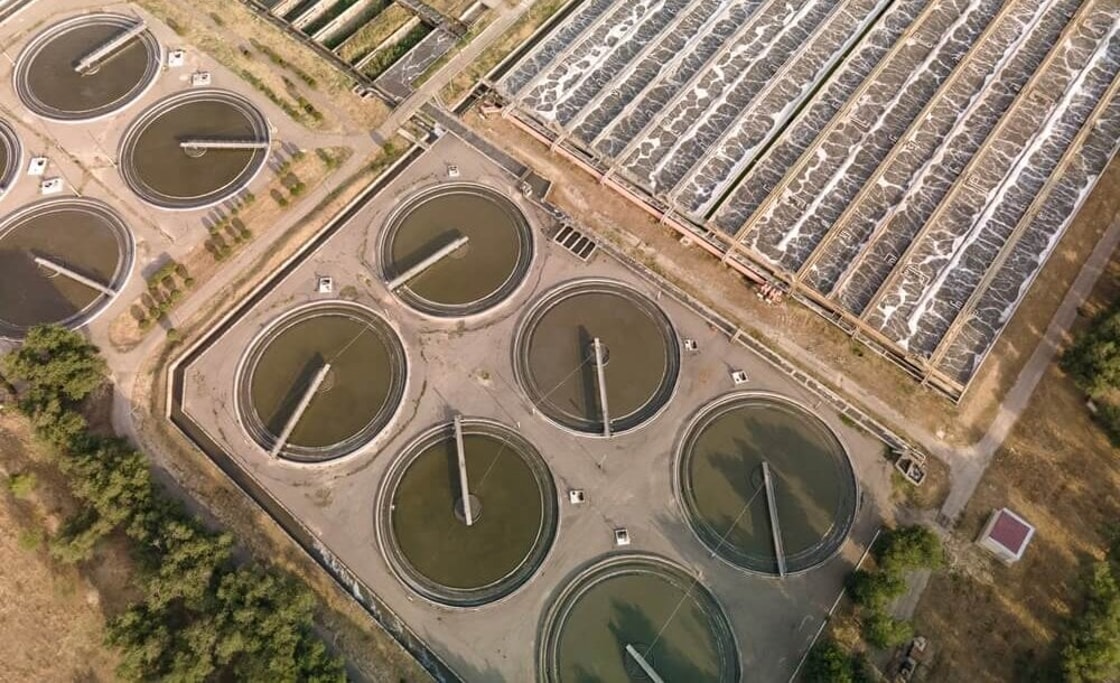
CDT intends to adopt a build-own-operate business model for plants using high-temperature pyrolysis and gasification technology to take solid organic waste and turn it into syngas and hydrogen.
H2 View understands waste is converted into syngas in an oxygen-free reactor operating at 700–900ºC.
Syngas produced by the company’s plants will either be combusted to supply industrial steam or purified into hydrogen for industrial or fuel cell applications.
“The distinctive feature of our technical solution is that it provides multiple potential commercialisation pathways for the same syngas stream,” said CDT CEO Li Yunwu. “This flexibility enables us to optimise project configurations based on different regional market conditions and customer needs.”
The firm says the approach supports both China’s growing waste-management challenge and its hydrogen ambitions.
“We see an opportunity to combine environmental governance with clean energy”, Li stated.
The company has also appointed a “senior expert” from the Guangzhou Institute of Energy Conversion, Chinese Academy of Sciences, as its Chief Scientist, and a CDT subsidiary took part in drafting related technical standards led by the Institute.
The firm is now conducting project evaluation and filing work as it prepares to begin deploying the technology.
Waste-to-energy technologies are attracting renewed interest globally as conventional clean hydrogen pathways remain costly and waste-management pressures rise.
Stay ahead with a H2 View subscription
Gain access to the insights, data, and analysis trusted by hydrogen professionals worldwide.
With a H2 View subscription, you get:
- Unlimited access to 15,000+ articles
- Monthly digital magazine + H2 Review
- Exclusive interviews, webinars and reports
- Expert analysis shaping the hydrogen conversation

